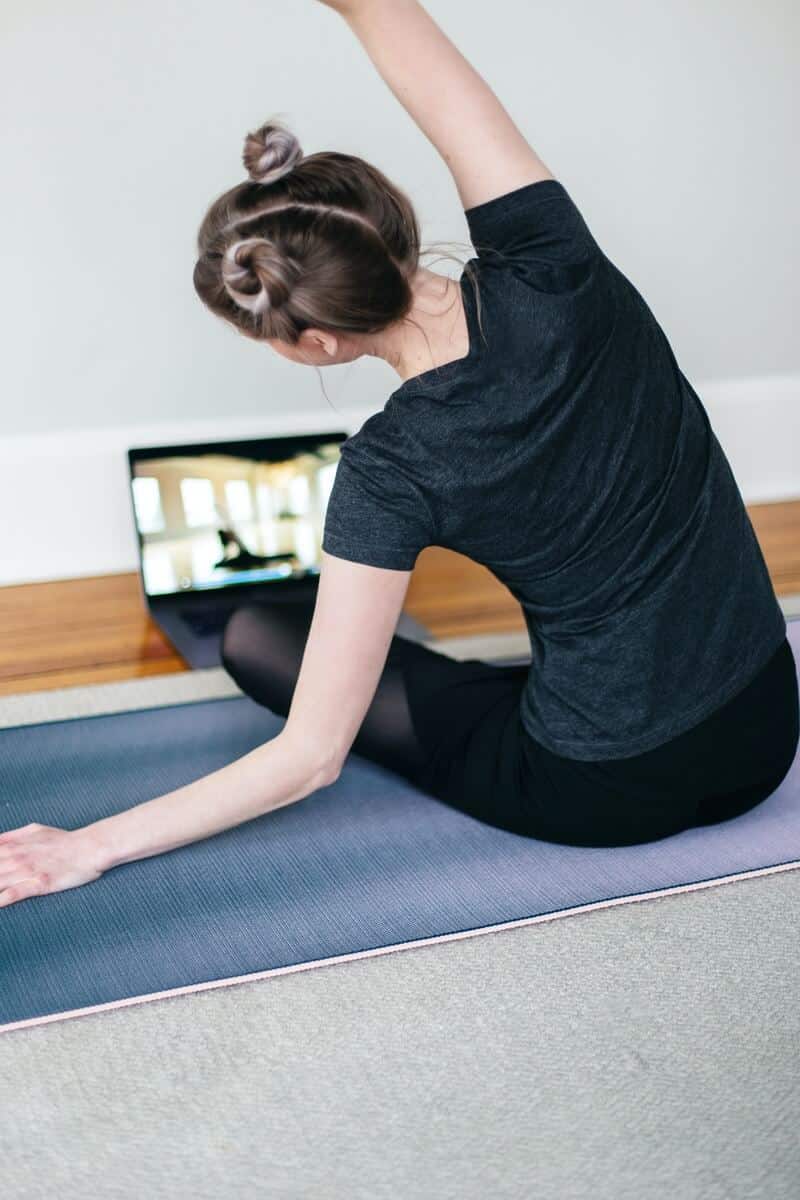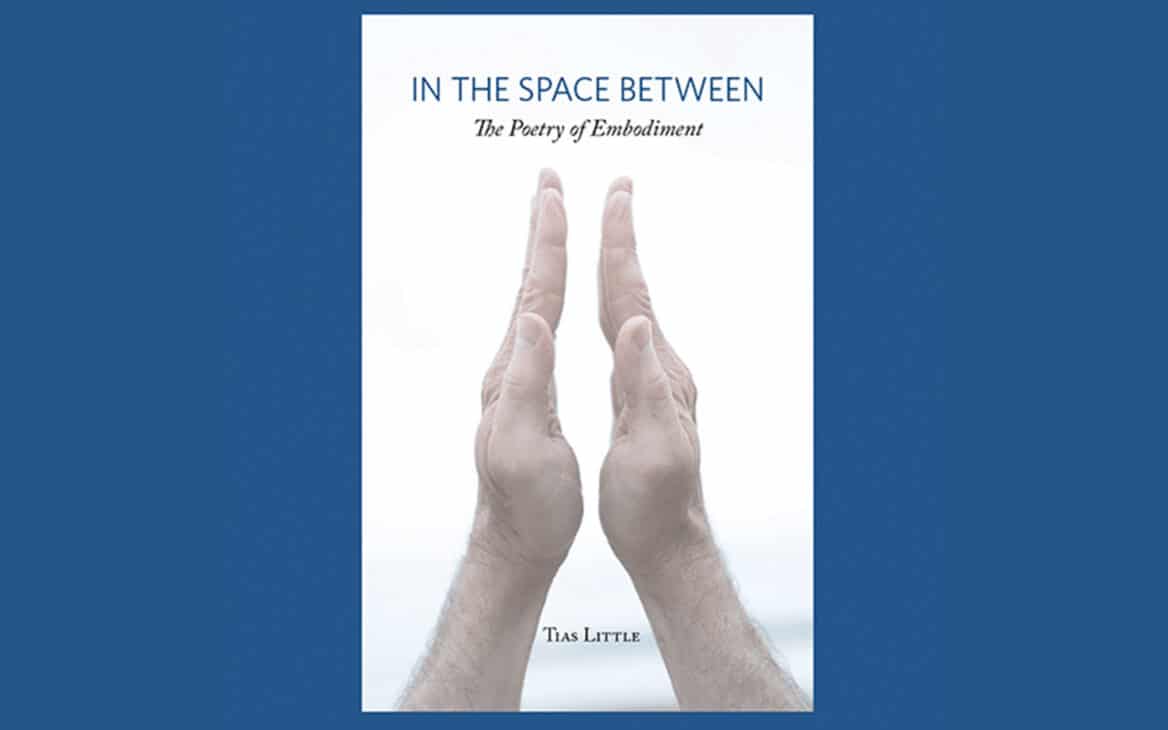With the onset of the pandemic, yoga enthusiasts worldwide have been practicing at home. There has been a reckoning in the industry for students of all styles of practice to move more slowly, be mindful and to take their time. Prior to the rise of COVID-19, it was clear that the yoga world was driven by hot and sweaty routines, as students pumped and powered up, knocking off Warriors and Crow poses. In the years pre-pandemic, yoga had gotten mixed up with the fitness industry prompting students to use their practice as work outs. I have always likened the vinyasa craze to a kind of spiritual calisthenics. Now, in home practice, are people finding it rewarding to dash through poses in their living rooms? Or are we entering an era where students are discovering the more subtle, internal practices involving concentration, non-striving, deep listening and loving kindness. Perhaps the luminous lining in this time of trial has been the maturation of yoga towards a more careful and caring approach—not only toward the ecosystem of our own body, but toward the global ecosystem and each other. More than anything, this time of practicing at a distance has been a call to cease rushing, pushing and going lickety-split down the track. As a collective we are learning to simply be, to feel, to listen and to strive– not for acrobatic handstands– but rather to become more conscientious and connected. As we connect to our own breath, pulsation and the edge of the stretch, we ultimately learn to connect to the magical matrix that holds all of us together.
Tias Articles & Interviews
Is the Yoga Industry Changing?



